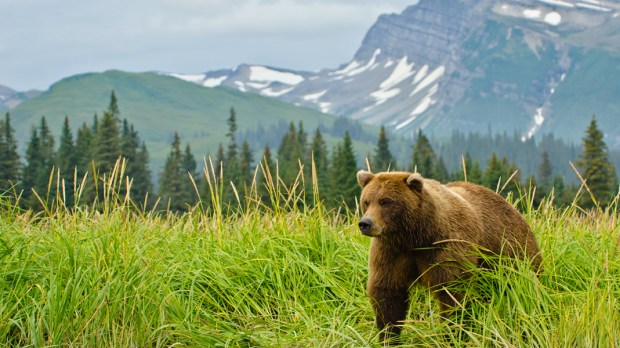My next door neighbor called yesterday in a panic. There was a very long snake crawling across her back yard. As she described it, it was only smaller than God’s leviathan.
She had watched it crawl from under the fence from my yard, slipping under the fence to her back yard neighbor, and then again back into her yard. It seemed perfectly happy to stay there.
I don’t know what I was supposed to do about it. Still, since 1) it had been in my yard first and 2) I was the Home Owner’s Association president and 3) her six-year-old granddaughter liked to play in a snake-free zone, she thought I should know about it.
Fine. I went to look. It was a black snake, common almost everywhere except, you would think, in a back lawn of an urban subdivision. It was an impressive snake, about five feet long, sleek, shiny, a deep ebony. By the time I got to it, it was climbing a tree. That’s one of the things black snakes do.
As it happens I know black snakes. They can charm a charmer with their mild disposition, though they will rattle their tail against dry leaves trying to sound fiercer. They also go by rat snake, but they could just as easily be called mouser snakes, bird snakes, snake snakes; they have an eclectic diet. I was happy to see it.
The area began as subdivisions generally do, denuded of anything but saplings. Forty-nine years on and we could use an urban forester to keep things under better control. We are bounded by some busy thoroughfares, an interstate; the airport is two exits from our driveway. Yet our little pocket of 500 homes has become a wildlife habitat.
In the space of six years living where we live, our back yard encased by a fence, I have encountered a deer looking into the house from the front porch, a doe and her two fawns napping in the driveway, blocking my daughter’s access when she drove home from school. We have found the remains of a backyard rabbit, likely killed by a fox (I really don’t want to think of any larger predator). A possum wanted to take up residence in the back yard but our yappy cocker was a fortunate discouragement; same with a raccoon under the deck.
I have been astonished to find buzzards dining on a deer carcass along a nearby street. The city has a laid-back policy on removal of animal carcasses. Generally, best I can figure, animal control waits to see if scavengers will take care of it. Animal control denies this yet due to their average three-day response time, the remains are usually gone before they show up.
The subdivision has two catch basins (naturally, for the brochures, we call them lakes) with tree-lined shores. Beaver show up and destroy our trees, toppling them across back yards or roof tops. We have a couple of trappers on speed dial.
What have I missed? Oh, yes, squirrels. I’m pretty sure their presence is mandated by our HOA covenants. Squirrels bring their own predators. Owls and hawks will attack a small black snake, but I don’t think anything could tackle the black snake from the other day.
I like these little signs of creation around me. I am not a romantic when it comes to nature. I harbor no desire to dance with wolves or cuddle a grizzly, but I’d be pleasantly startled should they show up for my viewing.
We need reminding: God gave the animals as helpers to the man in his loneliness before He created the woman. He told the man to name the creatures. Naming carries some responsibility to and for them, living next to us still, domestic and wild. (Gen. 2:18-20) It means we have some accountability for their care.
The violence of nature is contrary to its original design, the result of humanity’s primal sin leaving a “devastated creation,” to use the phrase of Catholic theologian Paul J. Griffiths.
“Traces of the cosmos’ surpassing beauty remain, some evident to human creatures and some not. But for the most part, the world appears to human creatures as it is: a charnel house, saturated in blood violently shed; an ensemble of … creatures decaying toward extinction; a theatre of vice and cruelty.”
And still, Griffiths notes, there is the possibility: “If heaven is the world healed” then “all plant and animal kinds, with all their individual members, should be present there, transfigured as inhabitants of the peaceable kingdom.”

